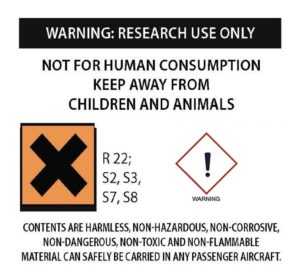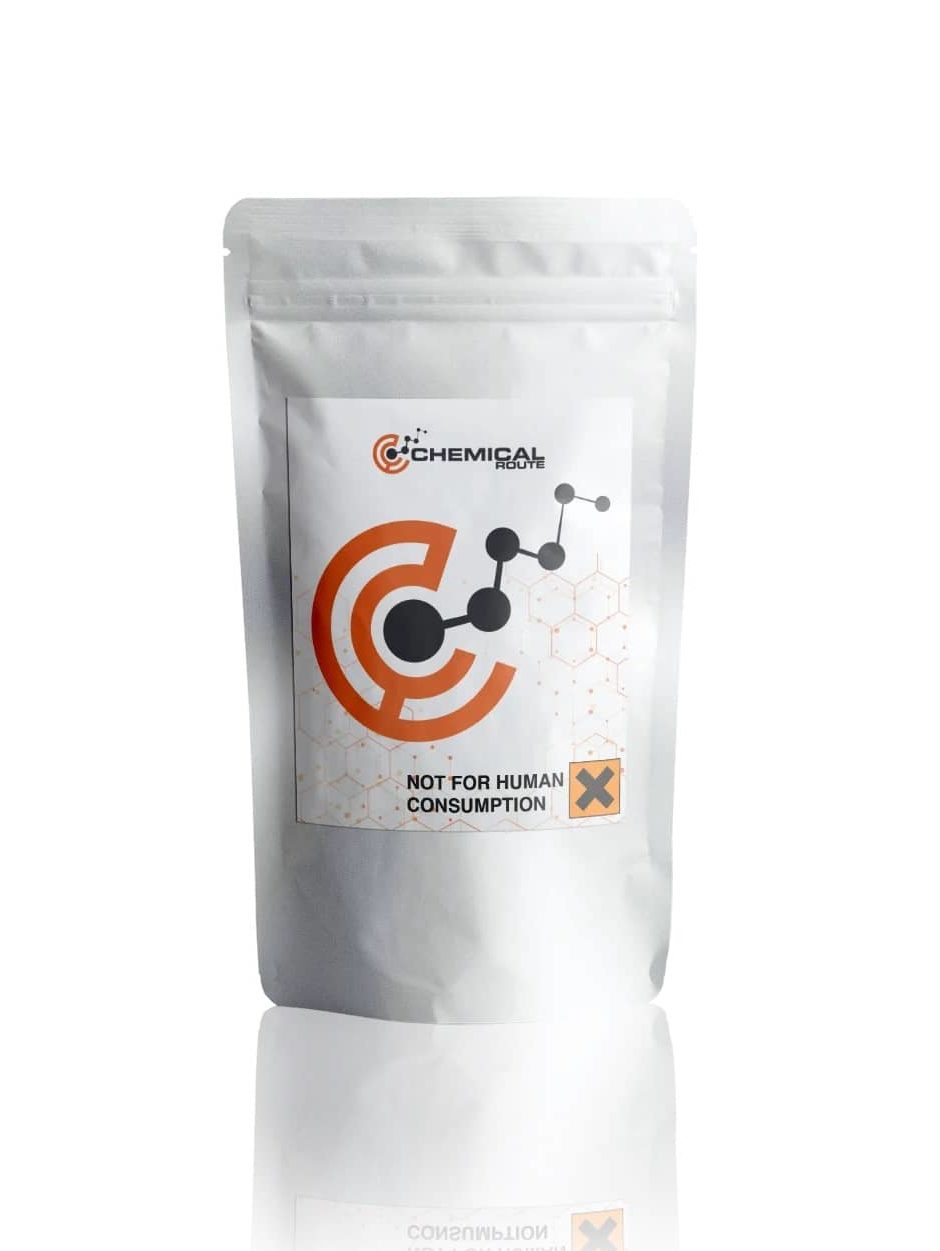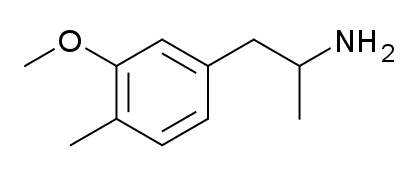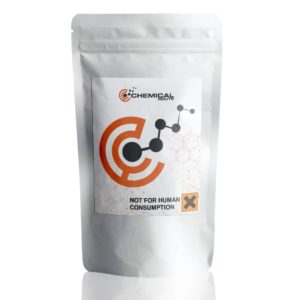Description
3-Methoxy-4-methylamphetamine
Product information
IUPAC-name 1-(3-methoxy-4-methylphenyl)propan-2-amine
Synonyms 3-Methoxy-4-methylamphetamine, MMA
Formal name 1-(3-methoxy-4-methylphenyl)propan-2-amine
Cas number 87179-33-7
Formula C11H17NO
Molar Mass 179.263 g·mol−1
Purity 98.0 % min.
Formulation Powder
Solubility
- DMF: 2 mg/mL
- DMSO: 12 mg/mL
- Ethanol: 12 mg/mL
- PBS (pH 7.2): 5 mg/mL
MMA is considered an entactogen and psychedelic drug belonging to the amphetamine and phenethylamine groups. The compound can fully substitute for MDMA and also MBDB. Partially for Lysergamides (LSD). MMA was first synthesized in the 70s and was recognised as a street drug. It has been shown that MMA can augment the reuptake of serotonin in rodents. It can also inhibit the development of neurotoxicity.
In the past, it was most commonly consumed as an RC. It was first synthesized in 1970 and was first encountered as a street drug in Italy. Its popularity grew steadily until 1991, when David E. Nichols reassessed it as a non-neurotoxic analog of MDMA.
In animal experiments, MMA partially replaces MDMA and LSD (lysergamides), but not amphetamine. It is a potent inhibitor of serotonin reuptake, but does not cause serotonergic neurotoxicity in rodents. It is classified as a selective serotonin releasing agent and a 5-HT2A receptor agonist. It is similar to DOM in its psychedelic effects.
3-Methoxy-4-methylamphetamphetamine (MMA) has no recognizable biological effects. In high doses, it produces a pleasant entactogen effect, but at lower dosages, the effects are trippy.
The toxicological and physiological properties of this compound has not been analyzed. Usage of this Chemical should be for research and forensic purposes only. MMA is a synthetic drug, but it lacks the psychoactive effects of MDMA. A new research suggests that MMA can be used without concern, and in some instances, it even has medicinal value
WARNING This product is not for human or veterinary use.

This product is only available to persons of 21 years old and above.
Hazard statement(s)
| H302 | Harmful if swallowed |
| H315 | Causes skin irritation |
| H319 | Causes serious eye irritation |
| H332 | Harmful if inhaled |
| H335 | cause respiratory irritation |
| H336 | cause drowsiness or dizziness |
| Precautionary statement(s) | |
| P264 | Wash hands thoroughly after handling |
| P280 | protective gloves/protective clothing/eye protection/face protection |
| P305 + P351 + P338 | IF IN EYES: Rinse cautiously with for several minutes. Remove contact lenses, if present and easy to do. Continue rinsing. |
| P337 + P313 | If eye irritation persists: Get medical advice/attention |
| P261 | Avoid breathing dust/ fume/ gas/ mist/ vapors/ spray |
| P271 | Use only outdoors or in a well-ventilated area |
| P304 + P340 | IF INHALED: Remove victim to fresh air and keep at rest in a position comfortable for breathing |
| P312 | Call a POISON CENTER or doctor/physician if you feel unwell |
| P403 + P233 | Store in a well-ventilated place. Keep container tightly closed |
| P405 | Store locked up |
| P501 | Dispose of contents/container to a licensed disposal company |




Reviews
There are no reviews yet.